5 Microservices Design Patterns Every DevOps Team Should Know
DevOps.com
AUGUST 29, 2023
Understanding and applying these five key microservices design patterns can help you design more scalable, reliable and maintainable applications.
This site uses cookies to improve your experience. To help us insure we adhere to various privacy regulations, please select your country/region of residence. If you do not select a country, we will assume you are from the United States. Select your Cookie Settings or view our Privacy Policy and Terms of Use.
Cookies and similar technologies are used on this website for proper function of the website, for tracking performance analytics and for marketing purposes. We and some of our third-party providers may use cookie data for various purposes. Please review the cookie settings below and choose your preference.
Used for the proper function of the website
Used for monitoring website traffic and interactions
Cookies and similar technologies are used on this website for proper function of the website, for tracking performance analytics and for marketing purposes. We and some of our third-party providers may use cookie data for various purposes. Please review the cookie settings below and choose your preference.

DevOps.com
AUGUST 29, 2023
Understanding and applying these five key microservices design patterns can help you design more scalable, reliable and maintainable applications.

Perficient
AUGUST 10, 2023
Introduction In the ever-evolving landscape of software development, choosing the right architectural approach is crucial for building robust and scalable applications. Two popular architectural styles that often come into consideration are Monolithic and Microservice.
This site is protected by reCAPTCHA and the Google Privacy Policy and Terms of Service apply.
Agent Tooling: Connecting AI to Your Tools, Systems & Data
Automation, Evolved: Your New Playbook for Smarter Knowledge Work
Mastering Apache Airflow® 3.0: What’s New (and What’s Next) for Data Orchestration

Mobilunity
JULY 29, 2021
Since the market expectations are constantly growing, and customers demand rapid reaction to their needs and concerns, companies utilize continuous integration and delivery to deliver results fast and efficiently. Microservices in a Nutshell. Comparing Monolith vs Microservices Enterprise Integration.
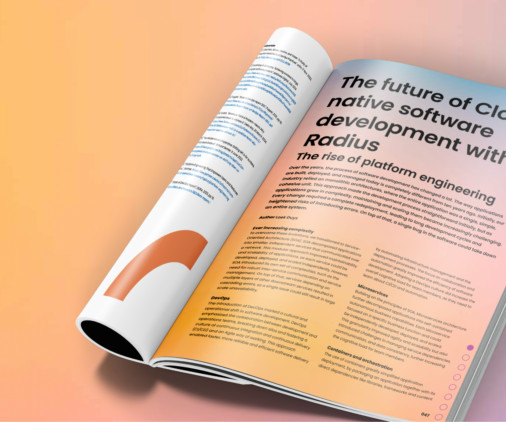
Xebia
DECEMBER 16, 2024
This modular approach improved maintainability and scalability of applications, as each service could be developed, deployed, and scaled independently. This approach enabled faster, more reliable and efficient software delivery by automating infrastructure management and the deployment processes.
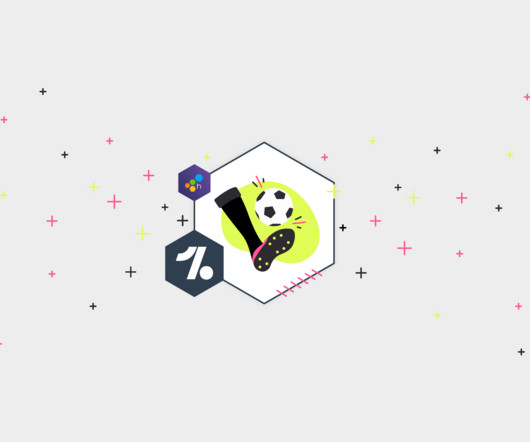
Honeycomb
NOVEMBER 25, 2024
Modernization through observability When OneFootball’s CTO launched a modernization initiative focused on continuous delivery observability, it was clear that the engineering team needed to evaluate their tech stack. Continuous delivery requires confidence—you need to know that what you’re doing is working correctly.

CIO
DECEMBER 22, 2022
According to Gartner, DataOps also aims “to deliver value faster by creating predictable delivery and change management of data, data models, and related artifacts.” The approach values continuous delivery of analytic insights with the primary goal of satisfying the customer.

Mobilunity
APRIL 24, 2025
In today’s digital landscape, businesses increasingly use cloud architecture to drive innovation, scalability, and efficiency. In contrast to conventional approaches, cloud-native applications are created specifically for the cloud platforms, enabling companies to leverage: Scalability. Scalability. billion in 2024.

Sunflower Lab
APRIL 12, 2018
Benefits of microservices architecture and business value it delivers to organizations planning to embrace enterprise agility through automated processes. What are microservices? The microservice architecture helps to reduce development complexity. Why businesses require microservices? When to use microservices.

OverOps
DECEMBER 18, 2018
Java 11 introduced the Z Garbage Collector (ZGC), a new JDK garbage collector designed for low latency and high scalability. Continuous Delivery with Jenkins: the Good, the Bad and the Ugly. New code is deployed at faster rates, but Continuous Delivery often also means having to deal with continuous errors.
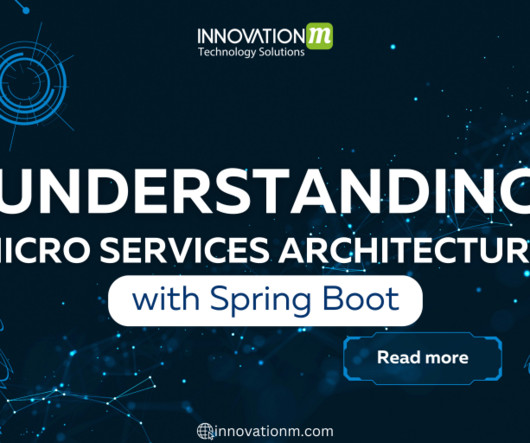
InnovationM
SEPTEMBER 5, 2024
Microservices architecture is a modern approach to building and deploying applications. Spring Boot, a popular framework for Java development, provides powerful tools to simplify the implementation of microservices. Let’s explore the key concepts and benefits of microservices architecture and how Spring Boot facilitates this approach.
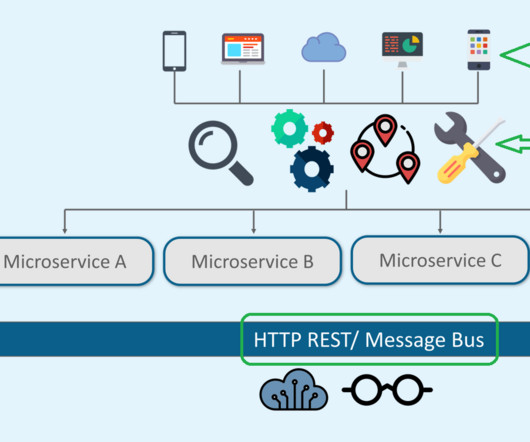
Perficient
MAY 31, 2023
Have you ever thought about what microservices are and how scaling industries integrate them while developing applications to comply with the expectations of their clients? The following information is covered in this blog: Why are Microservices used? What exactly is Microservices? Microservices Features.

Dzone - DevOps
JUNE 15, 2023
The scalability, agility, and continuous delivery offered by microservices architecture make it a popular option for businesses today. Nevertheless, microservices architectures are not invulnerable to disruptions.
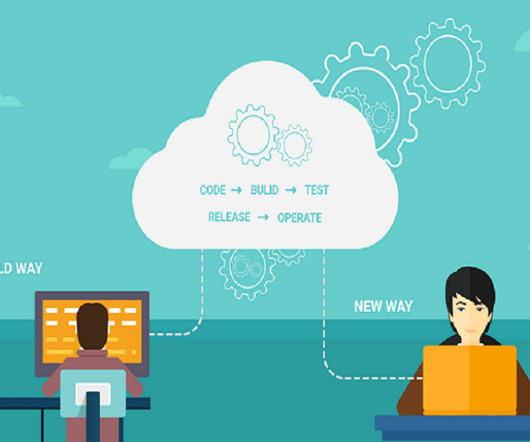
OTS Solutions
SEPTEMBER 5, 2023
By leveraging Agile methodologies such as Scrum or Kanban, these teams can prioritize tasks, break them into manageable chunks, and iterate quickly, allowing for continuous improvement and faster time-to-market. Microservices Microservices have emerged as a powerful approach in the field of DevOps, especially in the cloud environment.

Sunflower Lab
MARCH 29, 2018
Understand the pros and cons of monolithic and microservices architectures and when they should be used – Why microservices development is popular. The traditional method of building monolithic applications gradually started phasing out, giving way to microservice architectures. What is a microservice?
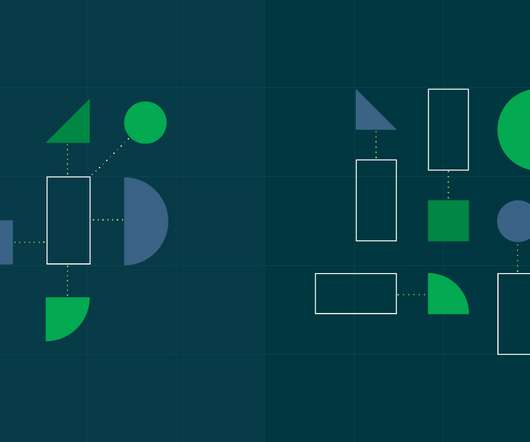
CircleCI
SEPTEMBER 22, 2022
Microservice architecture is an application system design pattern in which an entire business application is composed of individual functional scoped services, which can scale on demand. These features have made microservices architecture a popular choice for enterprises. Database management challenges for microservices.

Coveros
OCTOBER 1, 2021
THIS ARTICLE WAS ORIGINALLY PUBLISHED ON TECHBEACON as “Microservices quality issues? A modern DevOps approach can help” Your team has followed industry trends and shifted from a monolithic system to a widely distributed, scalable, and highly available microservices architecture. DevOps and microservices.
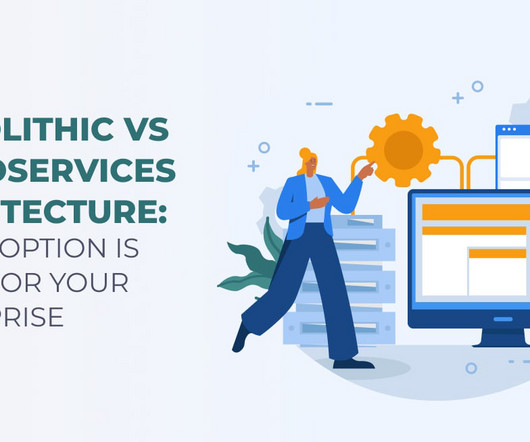
Openxcell
JUNE 6, 2023
Introduction Ask any software developer and they will tell you that markets will be taken over by Microservices very soon. Microservices architecture of software is all the rage for its adaptability and ease of maintenance. In layman’s terms, it adopted Microservices architecture. What is Microservices Architecture?

Coveros
AUGUST 31, 2021
Are you trying to shift from a monolithic system to a widely distributed, scalable, and highly available microservices architecture? Maybe you’ve already moved to agile delivery models, but you’re struggling to keep up with the rate of change in the technologies of these systems. The Microservices Design Challenge.

Altexsoft
AUGUST 30, 2018
It’s a practice that aims at merging development, quality assurance, and operations (deployment and integration) into a single, continuous set of processes. This methodology is a natural extension for Agile and continuous delivery approaches. Continuous delivery and automation. Microservices.
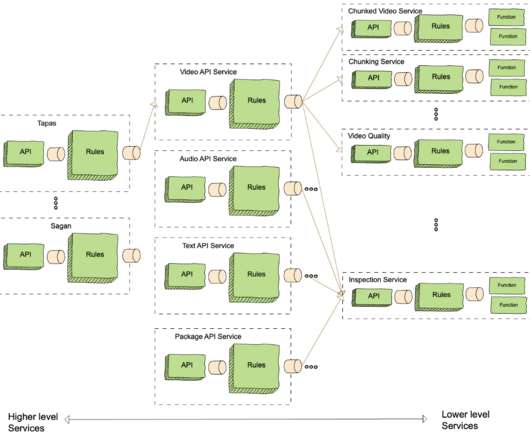
Netflix Tech
MARCH 1, 2021
Orchestrated Functions as a Microservice by Frank San Miguel on behalf of the Cosmos team Introduction Cosmos is a computing platform that combines the best aspects of microservices with asynchronous workflows and serverless functions. Our response was to create Cosmos, a platform for workflow-driven, media-centric microservices.

Mobilunity
APRIL 22, 2025
Its built around automation, Continuous Integration / Continuous Delivery (CI/CD), and rapid iteration. Reduces errors and improves overall software quality with continuous testing and integration. Scalability & Flexibility. Enhanced Scalability. Complexity. Tool Overload. Greater Tool Overload.

Apiumhub
NOVEMBER 17, 2022
Dave Farley – Pioneer of Continuous Delivery & Author of the books “Continuous Delivery” and “Modern Software Engineer”. Russ Miles – Chaos Engineer Thought Leader & Author of multiple books including “Antifragile Software: Building Adaptable Software with Microservices”.
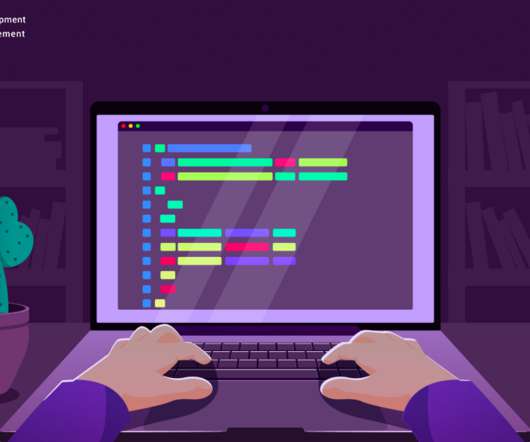
Mobilunity
JULY 16, 2021
Agile continuous delivery in software development involves several methodologies to make all the processes smooth, fast, and effective. CI CD DevOps methodologies refer to Continuous Integration and Continuous Delivery. DevOps continuous delivery is the next step in the software development process.

O'Reilly Media - Ideas
JUNE 4, 2019
Get hands-on training in Docker, microservices, cloud native, Python, machine learning, and many other topics. Scalable Data Science with Apache Hadoop and Spark , July 16. Microservices Architecture and Design , July 8-9. Domain-driven design and event-driven microservices , July 23-24. AI and machine learning.

iTexico
JULY 10, 2019
What Are Microservices And How To Best Leverage Them. So let me ask you a question: have you heard of microservices before? What Is a Microservice? Microservices, otherwise known as microservice architecture, is a distinctive software design that uses a collection of smaller services to form the architecture of an application.
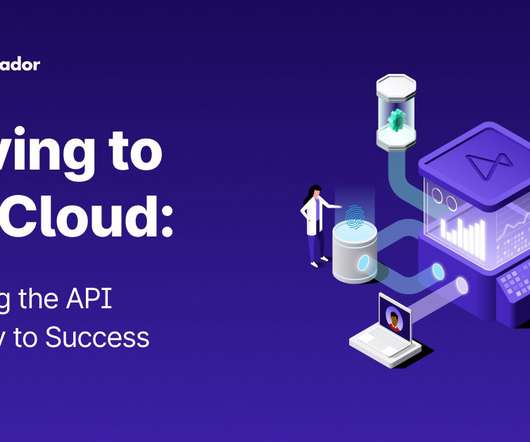
Daniel Bryant
SEPTEMBER 16, 2022
The fundamentals of API gateway technology have evolved over the past ten years, and adopting cloud native practices and technologies like continuous delivery, Kubernetes, and HTTP/3 adds new dimensions that need to be supported by your chosen implementation. For example, using build pipelines or a GitOps continuous delivery process ).
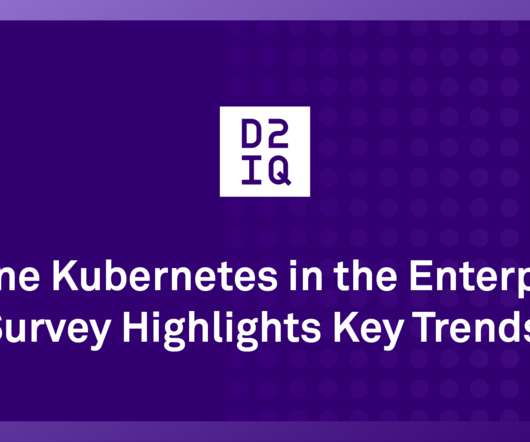
d2iq
NOVEMBER 7, 2022
Although continuous integration/ continuous delivery (CI/CD) is among the most sought after benefits in deploying Kubernetes clusters, that trend increased significantly this year to 73.8%, up from 61.1% Respondents noted slight decreases in “deployment in general,” “building microservices,” and “architectural refactoring.”

O'Reilly Media - Ideas
FEBRUARY 6, 2019
Get hands-on training in machine learning, microservices, blockchain, Python, Java, and many other topics. Scalable Concurrency with the Java Executor Framework , March 12. Scalable Programming with Java 8 Parallel Streams , March 27. Microservice Collaboration , March 7. Architecture for Continuous Delivery , March 25.

O'Reilly Media - Ideas
JANUARY 2, 2019
Microservice Fundamentals , January 10. Microservices Architecture and Design , January 16-17. Domain-Driven Design and Event-Driven Microservices , January 22-23. Architecture for Continuous Delivery , January 23. Continuous Deployment to Kubernetes , January 24-25. Microservice Collaboration , February 6.

Apiumhub
OCTOBER 10, 2023
He is a software engineer, consultant, and author of “Continuous Delivery”, “Modern Software Engineering,” “CD Pipelines,” and “ Software Architecture Metrics. “ Farley is synonymous with being at the forefront of modern software development practices.

Apiumhub
SEPTEMBER 29, 2020
Mark is an experienced, hands-on software architect involved in the architecture, design, and implementation of microservices architectures, service-oriented architectures, and distributed systems. Continuous Delivery. Continuous Delivery youtube channel is managed by Dave Farley, who we also met in GSAS.

RapidValue
APRIL 20, 2020
Some of the notable technologies and tools boosting the cloud-native model are microservices, containerization, Agile methodology, CI/CD and the like. . With faster deployments, scalability and improved visibility across applications, cloud computing is a hit among DevOps-minded teams. The Switch to Assembly Lines.

OverOps
DECEMBER 18, 2018
Java 11 introduced the Z Garbage Collector (ZGC), a new JDK garbage collector designed for low latency and high scalability. Continuous Delivery with Jenkins: the Good, the Bad and the Ugly. New code is deployed at faster rates, but Continuous Delivery often also means having to deal with continuous errors.

CIO
MAY 17, 2023
These include software systems, containers, microservices, DevOps, Infrastructure-as-a-Code, and more. Furthermore, an engagement with Labs ensures flexibility and agility because it creates a DevOps culture and approach that emphasises collaboration, automation, and continuous delivery.

O'Reilly Media - Ideas
JUNE 5, 2019
Get hands-on training in Docker, microservices, cloud native, Python, machine learning, and many other topics. Scalable Data Science with Apache Hadoop and Spark , July 16. Microservices Architecture and Design , July 8-9. Domain-driven design and event-driven microservices , July 23-24. AI and machine learning.
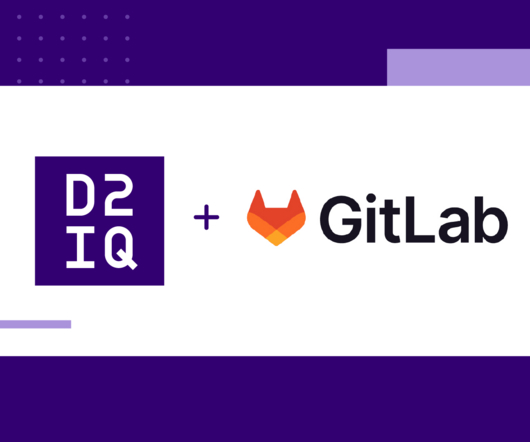
d2iq
FEBRUARY 15, 2023
Overcoming CI/CD Pitfalls As organizations adopt a microservices architecture or transition between cloud providers, continuous integration/continuous delivery (CI/CD) pipelines are a way to accelerate agility and time to market. But CI/CD can become cumbersome without the right tooling.

Perficient
JULY 23, 2023
Additionally, many recognize Elasticsearch, a powerful and flexible search engine, for its scalability and performance. Features: The Solr functions as a traditional monolithic application within a dedicated Search container, ensuring stability and scalability. Additionally, in Version 9.0, Conclusion: In HCL Commerce Version 9.1,

Apiumhub
APRIL 9, 2019
Robust and scalable software is in the center of every discussion and talk, which makes it a perfect place for people who fight for quality in the software development world. Over 300 software architects will come together for one day to promote quality in the world of software. Prices may vary based on how early you register.

Altexsoft
SEPTEMBER 30, 2022
Using the cloud is not the end, but taking it to the next level with cloud-native applications is better to take advantage of the enhanced agility, availability, scalability, and general performance. Microservices. Microservices is considered an architectural strategy capable of managing complex applications simply.

Apiumhub
FEBRUARY 27, 2019
This new idea is based on JenkinsX that enables developers to deploy Kubernete’s microservices. Every cloud application has four important elements: “Continuous delivery, Containers, Dynamic Orchestration, and Microservices ”. Continuous Delivery. This ensures continuous delivery of user compliance.

Apiumhub
SEPTEMBER 6, 2018
Jez is a co-author of Continuous Delivery, Lean Enterprise and DevOps Handbook. Microservices vs Monolithic architecture. Almost-infinit” scalability. Gene is a DevOps enthusiast, The Phoenix Project and DevOps Handbook co-author, author of many books related to DevOps area. Jez Humble. Dave Farley.

RapidValue
SEPTEMBER 30, 2019
The toolchain is generally fragmented and to bring them all together to achieve continuous delivery is one of the biggest challenges that DevOps teams face. Assembly lines assist you to organize and integrate various activities in consistent, scalable workflow. This is where DevOps Assembly lines play a pivotal role.

Blue Sentry
MAY 17, 2021
Many go over budget, over time, and get trapped in the bottomless pit of scalability. So, you build out all of these containers, leverage deep learning solutions like TensorFlow, and create these amazing microservices that allow you to embrace the principles of CI/CD. Most of these issues are solved by leveraging an outside firm.

O'Reilly Media - Ideas
APRIL 3, 2019
Scalable Concurrency with the Java Executor Framework , May 30. Continuous Delivery with Jenkins and Docker , April 24. Microservices Caching Strategies , May 17. Architecture for Continuous Delivery , May 21. Ground Zero Programming with JavaScript , May 28. Analyzing Software Architecture , April 16.
Expert insights. Personalized for you.
Are you sure you want to cancel your subscriptions?


Let's personalize your content